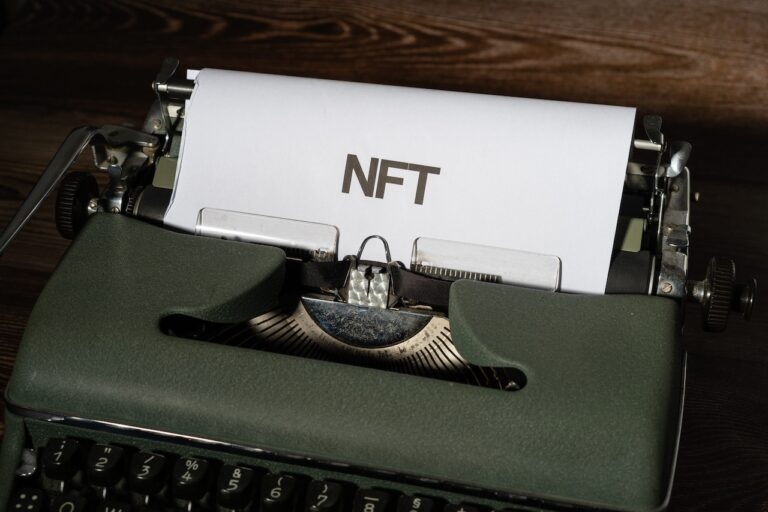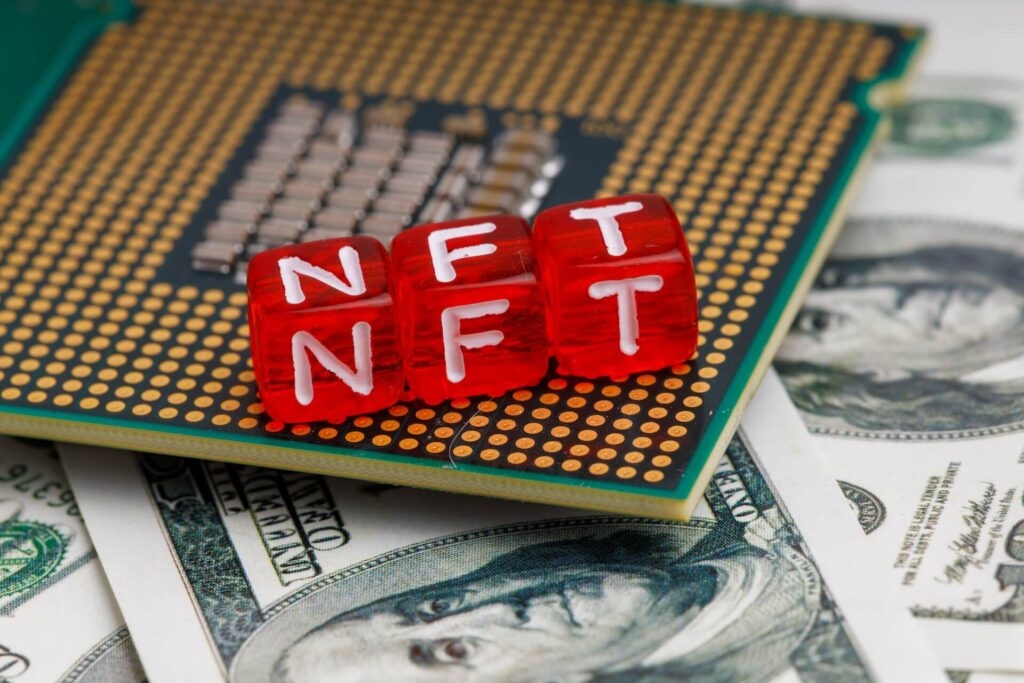
NFTs have gained massive popularity recently, and new exciting trends are expected to emerge in 2023.
Non-fungible tokens are digital assets that can’t be changed, and they are used for different purposes, like making music or art or as collectibles for sports and even in the real estate industry.
They were developed and popularized on the Ethereum blockchain, and they are very powerful as they are encoded, thus ensuring privacy and security.
2021 was a fruitful year for NFTs, as digital art and other assets were sold for millions of dollars. And while in 2022, the NFT market went through a slowdown, its future now looks brighter than ever.
As more people explore the incredible benefits of non-fungible tokens, the market is experiencing a rebound.
What makes NFTs one of a kind?
NFTs have become a leading concept in blockchain, and there are various reasons for it. Given that they are impossible to replicate, NFTs can be tracked back to owners, and in case they are sold, they are transferred to a different owner. Otherwise said, only a single blockchain wallet at a time can own an NFT.
NFTs also open new avenues for artists, allowing them to sell their work in a smoother market environment. Owners of digital content can utilize NFTs to build new revenue streams through licensing and royalties.
For instance, musicians can convert their albums into NFTs, enabling fans to buy a verified and unique digital copy of them. Whenever the NFT is resold, the artists earn royalties, representing an excellent opportunity.

NFTs Do More than Just Support Artists
NFTs have created a path for themselves, delving into other industries besides art. Here are some vital uses of NFTs:
P2E Gaming
Non-fungible tokens are generally used as digital collectibles, enabling non-duplicable assets in the game world.
Once they complete a certain level in the game, players earn assets with an intrinsic value that they can trade or sell.
The value of the in-game items can grow over time, enabling players to make gains. Even after exiting the game, they still have ownership of their NFTs and can benefit from their value in the future.
Digital Tickets
Identity verification isn’t as seamless in the digital realm as in the real world. However, proving membership becomes crucial as the demand for virtual spaces such as metaverse platforms increases.
This is where NFTs come to the rescue, as they can take the form of digital tickets that help users prove membership in a paid video game or a virtual community.
Digital Real Estate
Digital real estate or parcels is another space where non-fungible tokens have a valuable use. Real estate is in high demand in metaverse platforms like The Sandbox or Decentraland, enabling individuals and enterprises to establish virtual offices and unlock revenue streams.
Investors can choose how they want to use these parcels: they can either purchase and sell them to make a profit or lease them out to a developer in the metaverse. The parcels’ value can increase to millions of dollars, so establishing ownership is critical.
Clinical Data
NFTs also have an application in the healthcare industry, as they can be used to ensure the authenticity of records. Patients’ healthcare records can be turned into NFTs, helping store the data safely and preventing it from getting lost or tampered with. With non-fungible tokens, only authorized individuals can access the data, meaning that security isn’t compromised.
Key Benefits of NFTs
It’s no surprise that the NFT market is growing at a fast pace, and it is safe to say these unique tokens are here to stay. This revolutionary innovation, aka NFTs, brings with it incredible benefits.
They enable ownership of digital assets
Let’s start by mentioning the basics. NFTs allow users to prove ownership of their assets, facilitating the process of transferring unique items while simultaneously preventing fraud.
For instance, once a digital artwork is turned into an NFT, it can be traced back to its creator, clearly showing ownership.
Not only this prevents unauthorized individuals from duplicating and distributing the artwork, but it also enables buyers and sellers to make transactions confidently.
They are easily transferable
By nature, NFTs are easily transferable, meaning that buyers and sellers can exchange tokens without relying on a mediator.
This facilitates buying and selling digital assets, contributing to an effective marketplace where online creators can monetize their work and reach a broader audience.
They provide transparency
NFTs are powered by the blockchain, a ledger that provides transparency and security of transactions.
Because this efficient technology supports NFTs, users gain confidence regarding the legitimacy and origin of digital assets, helping prevent fraudulent activities or unauthorized copying.
For instance, when a collector purchases an NFT, they can check an asset’s authenticity by looking at the transaction record in the blockchain.
Once they confirm its legitimacy, they can use it however they want, whether holding it or selling it – all by knowing they have purchased the right deal.
They offer immersive experiences to users
With NFTs, digital assets and real-world events connect, creating immersive user experiences. For instance, with a concert ticket NFT, it is possible to enjoy a live-stream concert – this allows fans to engage in a totally different way while creating new revenue streams for event organizers and artists.
They are a significant investment
This is probably an obvious benefit of NFTs, but it’s still worth mentioning. Non-fungible tokens also represent a profitable investment opportunity for collectors, as their value can increase due to their rarity and popularity.
Hence, investing in NFTs could result in significant profits when the asset appreciates. Let’s say a collector buys an NFT of a renowned digital artwork; they can then hold it and sell it later for a higher price when the artwork’s value increases. This creates great opportunities for collectors that find digital assets appealing.
The Bottom Line
Non-fungible tokens have experienced monumental growth, with their use cases going beyond the art world. As this technology keeps maturing, more applications will likely emerge, creating new revenue streams and changing industries for the better.
Read: Rarible vs. OpenSea: Which NFT Marketplace is Right For You?
Directly in Your Inbox









